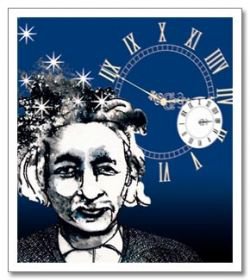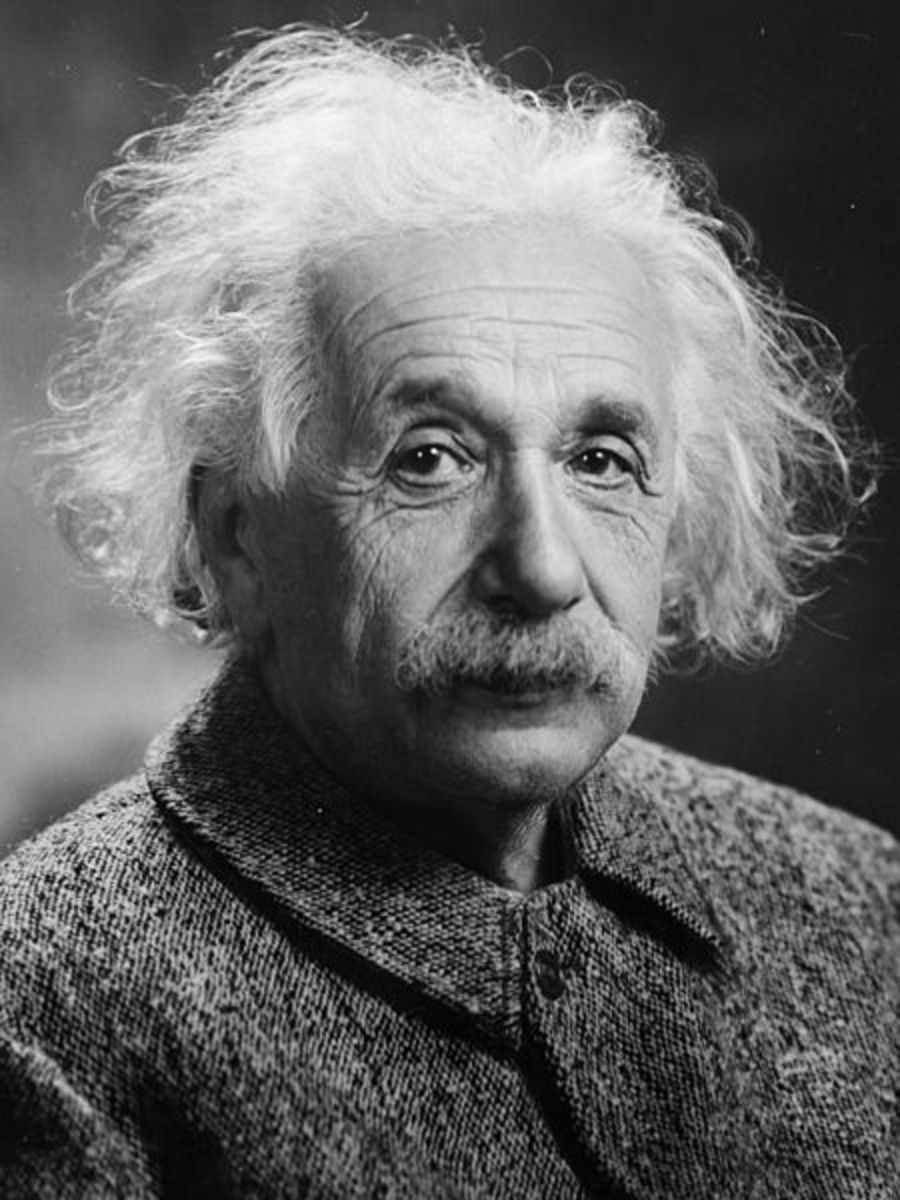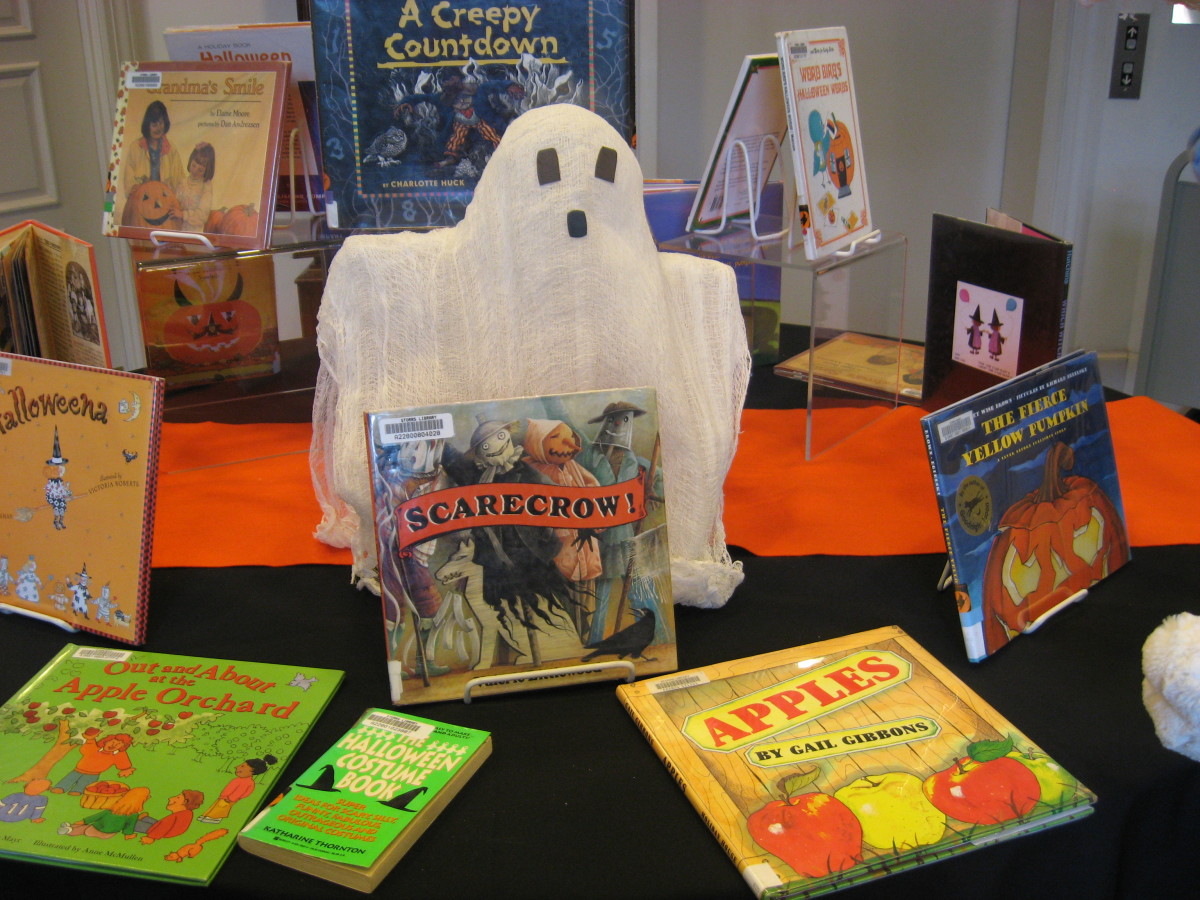Einstein's Dreams by Alan Lightman

A poetic exploration of the dreams Einstein may have had while writing his Theory of Relativity.
Einstein's Dreams is a 1992 novel by Alan Lightman which fictitiously portrays world-famous theoretical physicist Albert Einstein as a young scientist who is working as a modest patent clerk to make ends meet but is beset with strange dreams, leading him to come up with his theory of relativity in 1905. Each dream is told as a narrative in each chapter and in every dream, time operates differently. The book consists of 30 quick-to-digest chapters and the beauty of this format is that each section can stand alone as a story by itself.
I thoroughly enjoyed reading this book when it first came out and I still constantly refer to it from time to time to gather inspiration, look for some fresh insight, or just to simply enjoy reading it as is. I highly recommend it to anyone looking for a good and thought-provoking read.
If you want to learn more about this amazing book, please do stay with me until we get to the end of the page.
Photo source.
Einstein's Dreams - by Alan Lightman
From the book jacket: A modern classic, Einstein's Dreams is a fictional collage of stories dreamed by Albert Einstein in 1905, when he worked in a patent office in Switzerland. As the defiant but sensitive young genius is creating his theory of relativity, a new conception of time, he imagines many possible worlds. In one, time is circular, so that people are fated to repeat triumphs and failures over and over. In another, there is a place where time stands still, visited by lovers and parents clinging to their children. In another, time is a nightingale, sometimes trapped by a bell jar.
Now translated into thirty languages, Einstein's Dreams has inspired playwrights, dancers, musicians, and painters all over the world. In poetic vignettes, it explores the connections between science and art, the process of creativity, and ultimately the fragility of human existence.

There is a place where time stands still,
illuminated by only the most feeble red light, for light is diminished to almost nothing at the center of time, its vibrations slowed to echoes in vast canyons, its intensity reduced to the faint glow of fireflies.
The book begins with a young Albert Einstein working in his day job as a clerk at a Swiss patent office. His work involves the daily ritual of reviewing patent applications. Those familiar with Einstein's life story can assume that this is what went on during the time he was writing his 1905 paper "On the Electrodynamics of Moving Bodies".
Stories in the form of dreams take flight when Einstein goes to bed after each uneventful day in the office. Within the depths of his brilliant subconscious mind we are taken to places where time behaves quite differently from how we know it.
In one world for instance, time is a circle and individual experiences repeats themselves precisely, endlessly. People however do not know that they will live their lives over even if in this world every handshake, every kiss, every birth, every word will be repeated precisely, over and over until the end of time.
In another world, time is endless. People live forever and each city is split in two: The Laters and The Nows. The Laters reason that there is never any hurry to do anything because they have forever. The Nows note that with infinite lives, they can do all they can imagine. But in this world where no one dies, no one ever comes into his own because everyone is still around and proverbial torches are never passed on to the next generations.
In between these dream scenarios are interludes that depict Einstein and his fictitious conversations with Michele Angelo Besso, his real-life friend and colleague. These little breaks bring the reader back to Einstein's reality and show a little bit more of how he might have lived back then.
My Two Cents: The short stories are written beautifully and the various concepts of time, romanticized by Lightman, are explained in a language that is very easy to understand and at the same time, is capable of stirring the soul. The book reads more like a collection of essays rather than a novel with a linear plot so it might not be what you're expecting; however if you are looking for an intelligent, mind-bending piece of literature that will challenge your perceptions of the universe and how it works, I highly recommend Einstein's Dreams because for me, it certainly does all that and more.
(photos: young Einstein / clock)
Read about the real Albert Einstein on his website:
- The Albert Einstein Archives at The Hebrew University of Jerusalem - The Homepage
The Albert Einstein Archives at the Hebrew University of Jerusalem own the Literary Estate of Albert Einstein, as declared in his last will and testament
National Alumnae Discussions on Einstein's Dreams by Alan Lightman - A virtual book discussion for Agnes Scott College's Scottie Book Month 2009
An excerpt from the book
A taste of what you can find in the world of Einstein's Dreams.
19 April 1905
It is a cold morning in November and the first snow has fallen. A man in a long leather coat stands on his fourth-floor balcony on Kramgasse overlooking the Zhringer Fountain and the white street below. To the east, he can see the fragile steeple of St. Vincent's Cathedral, to the west, the curved roof of the Zytgloggeturm. But the man is not looking east or west. He is staring down at a tiny red hat left in the snow below, and he is thinking. Should he go to the woman's house in Fribourg? His hands grip the metal balustrade, let go, grip again. Should he visit her? Should he visit her?
He decides not to see her again. She is manipulative and judgmental, and she could make his life miserable. Perhaps she would not be interested in him anyway. So he decides not to see her again. Instead, he keeps to the company of men. He works hard at the pharmaceutical, where he hardly notices the female assistant manager. He goes to the brasserie on Kochergasse in the evenings with his friends and drinks beer, he learns to make fondue. Then, in three years, he meets another woman in a clothing shop in Neuchtel. She is nice. She makes love to him very very slowly, over a period of months. After a year, she comes to live with him in Berne. They live quietly, take walks together along the Aare, are companions to each other, grow old and contented.
In the second world, the man in the long leather coat decides that he must see the Fribourg woman again. He hardly knows her, she could be manipulative, and her movements hint at volatility, but that way her face softens when she smiles, that laugh, that clever use of words. Yes, he must see her again. He goes to her house in Fribourg, sits on the couch with her, within moments feels his heart pounding, grows weak at the sight of the white of her arms. They make love, loudly and with passion. She persuades him to move to Fribourg. He leaves his job in Berne and begins work at the Fribourg Post Bureau. He burns with his love for her. Every day he comes home at noon. They eat, they make love, they argue, she complains that she needs more money, he pleads with her, she throws pots at him, they make love again, he returns to the Post Bureau. She threatens to leave him, but she does not leave him. He lives for her, and he is happy with his anguish.
In the third world, he also decides that he must see her again. He hardly knows her, she could be manipulative, and her movements hint at volatility, but that smile, that laugh, that clever use of words. Yes, he must see her again. He goes to her house in Fribourg, meets her at the door, has tea with her at her kitchen table. They talk of her work at the library, his job at the pharmaceutical. After an hour, she says that she must leave to help a friend, she says goodbye to him, they shake hands. He travels the thirty kilometers back to Berne, feels empty during the train ride home, goes to his fourth-floor apartment on Kramgasse, stands on the balcony and stares down at the tiny red hat left in the snow.
These three chains of events all indeed happen, simultaneously. For in this world, time has three dimensions, like space...
(From Amazon Reprinted by permission. All rights reserved. Illustration by Chris Costello.)
Give it a rating, based on the excerpt. - Would you read the book?
On a scale of 1-3, how did you like what you've read so far?
The Theory of Relativity - Einstein's big idea explained.
The Theory of Relativity refers to Einstein's two theories:
The first is the Special Theory of Relativity which essentially deals with the question of whether rest and motion are relative or absolute and with the consequences of Einstein's conjecture that they are relative.
The second is the General Theory of Relativity which primarily applies to particles as they accelerate particularly due to gravitation. General relativity shows that objects continue to move in a straight line in space-time, but we observe the motion as acceleration because of the curved nature of space-time.
Watch the video below to learn more:
Einstein's Dreams videos - Student projects inspired by and based on Alan Lightman's book.
The important thing is not to stop questioning.
-- Albert Einstein
Movies that illustrate some of Einstein's Dream's concepts of time - Groundhog Day
In one of Einstein's dreams, he postulates that time is a circle and that events repeat themselves precisely and endlessly. The 1993 movie Groundhog Day demonstrates this principle in a less dramatic and serious but heartwarming way.

Sliding Doors
In another of Einstein's dreams, time has multiple dimensions wherein each act can have different possible outcomes all happening simultaneously. The 1998 movie Sliding Doors which explores the possibilities of alternate realities demonstrates this principle.

This lens was featured on Squid Lit Review
What Did Einstein Dream?
Kim Manley Ort of Squid Lit Review featured this lens on her entry for January 1st, 2010, entitled What Did Einstein Dream?. Thank you Kim!
Your comments on this page are most welcome too.





